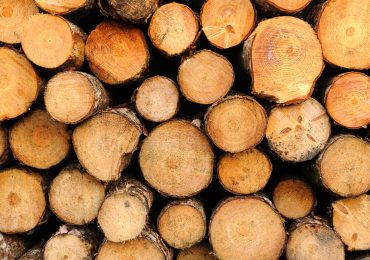This op-ed was originally published by Construction Executive.
Mark Wishnie
Decarbonizing the construction industry and the built environment is essential for meeting the goals of the Paris Agreement. Together, they are responsible for 39% of all carbon emissions globally—more than the entire transportation sector.
Operational emissions, from energy used to heat, cool and light buildings, accounts for 28%. But, the remaining 11% comes from embodied carbon emissions associated with materials and construction processes throughout the whole building lifecycle. If concrete and steel were their own country, they would be the world’s third-largest emitter, just after China and the United States.
The impact of global construction on climate change will only accelerate. The world has added more than 50 billion square meters of new floor area over the last decade—the equivalent to adding eleven Roman Colosseums every half hour, or a new Paris every week. By 2050, this total floor space is projected to increase by 70%, mostly in Asia and Africa.
There’s no doubt that the carbon impact of this building boom could be catastrophic for the climate.
Or, it could present an opportunity.
Buildings, towns and even sprawling cities that don’t require more mining, smelting, and other carbon intensive activities, but instead drive investment into vast new areas of sustainably managed forests that absorb and store carbon, help to stabilize and improve soils and provide clean water and jobs for rural communities.
New buildings built with climate-positive materials that can replace carbon-intensive concrete and steel skyscrapers, enabling those buildings—and entire cities—to store carbon rather than emit greenhouse gasses into our atmosphere.
Mass timber is one such material. Made by layering and pressing together large wood pieces to form panels and beams, mass timber can be as rigid and durable as steel, but stronger, lighter, more attractive and even more fire-resistant. Critically, recent research shows that mass timber can reduce the embodied carbon of buildings by more than 65%, and can store carbon out of the atmosphere for decades.
This is the vision for decarbonizing the built environment and linking it to a climate-smart forest economy, and it represents one of the most immediately accessible ways of mitigating the worst impacts of climate change.
The time to reimagine cities for the next century and beyond is here, and it offers the construction industry, the forest sector, and the environmental community a chance to work together to reimagine the role that cities and sustainably managed landscapes can play in the transition to a climate-stable future.
The seeds of this vision have already been planted. The 2021 International Building Code includes provisions for eight-, 12- and 18-story mass timber buildings. Some of the world’s most prominent brands, including Google, Walmart and Adidas, are building with mass timber. And, according to Woodworks, a national non-profit that provides engineering and design support for wooden construction, more than 500 mass timber projects are either under construction or completed, and another 600 are in design stages across all 50 states.
So, what’s needed now?
We need to develop a new way of thinking and change the narrative about our built environments and how they relate to landscapes around the world.
Instead of supply chains being simply extractive, the construction sector can redefine materials sourcing as regenerative, so that demand for construction materials supports investment into sustainably managed forests, forest landscape restoration, and rural communities, transforming the coming global construction boom into a climate mitigation strategy rather than a source of emissions to be avoided.
Mass timber creates an opportunity for the construction sector to rapidly advance the circular bioeconomy, increase the use of sustainable biomaterials, and transform buildings into carbon vaults that store carbon, greatly reducing emissions from concrete and steel. It can also support regenerative commercial forestry, rather than extractive industries.
As the world seeks the means to decarbonize our built environment, mass timber, and its links to a regenerative forest economy, could provide just such an engine.


